There is no doubt about the protection and security that drones can offer to human populations, but how can they help other life forms that don’t have a voice like endangered animal species? Especially those that live in fragile ecosystems where human intervention can do more harm than good, drones are the practical solution.
This Earth Day, DJI highlighted how their DJI Dock 3 is being implemented by the Department of Marine and Coastal Resources of Thailand to monitor and protect dugong populations. These large sea mammals were traditionally monitored by patrol boats, but as the population spread, it’s become infeasible to continue this operation because there is too much ground (or sea) to cover. Moreover, boating activities harm the dugong environment and are a risk to the animals themselves. To mitigate this, the DJI Dock 3 was launched to aid dugong monitoring. The drone can run surveillance on a larger scale of the bay and more efficiently than the patrol boat can. It costs far less as well by cutting out factors like fuel costs and crewing.
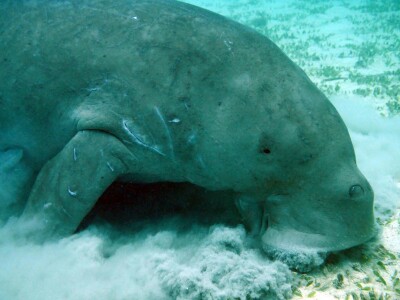
With these flights operating at least 6 times a day, the drone can capture valuable data about the animals and their habitat that traditional patrolling could not. Imagery collected during flight is then turned into 3D and 2D maps that help conservationists determine current population numbers and distribution areas. All this crucial data is collected without disturbing the animal or damaging its habitat, which could not have been done before.
According to the World Wildlife Fund, wildlife populations have decreased 73 percent in the last 50 years. Conservationists are in need of tools that can collect data effectively and do not have a negative ecological impact. More organizations are recognizing that drones are a viable solution for this effort.
DJI continues their animal protection efforts through a partnership with SnotBot, a non-profit dedicated to protecting whales. SnotBot’s mission was to create an alternative way to collect mucus samples from whales. Traditional methods involved chasing whales down by motorboats, tranquilizing them, and manually collecting the sample. Needless to say, this was a stressful event for the whales. With their partnership with DJI, SnotBot has turned to using drones to track the whales and get close enough to them to collect the sample when they blow. All of this is done without touching or disturbing the whale in any way.
On land, drones are contributing to climate study efforts in the Amazon Rainforest. The DJI M600 has been deployed as part an ongoing effort to gather data about the forest. Previously, researchers would climb towers and gather data from the surrounding area, leaving researchers to only have data about the areas where towers were located. With the drone, they can expand their area of research greatly to get a larger scope and more comprehensive data.
These are just a few examples of how drones are protecting endangered species. Whether the threat is from environmental or human factors, drones are a key tool in wildlife and nature conservation when used responsibly.


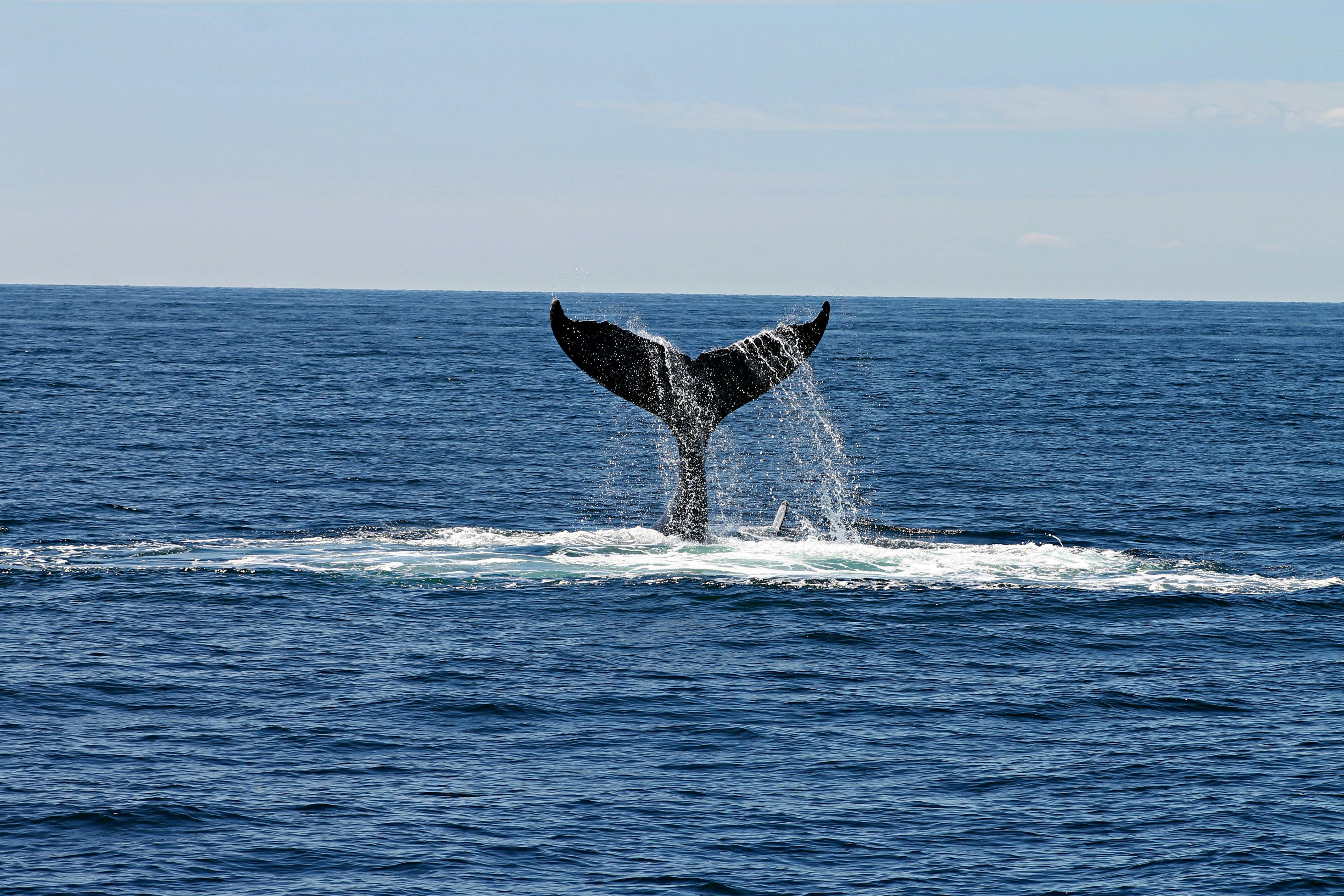



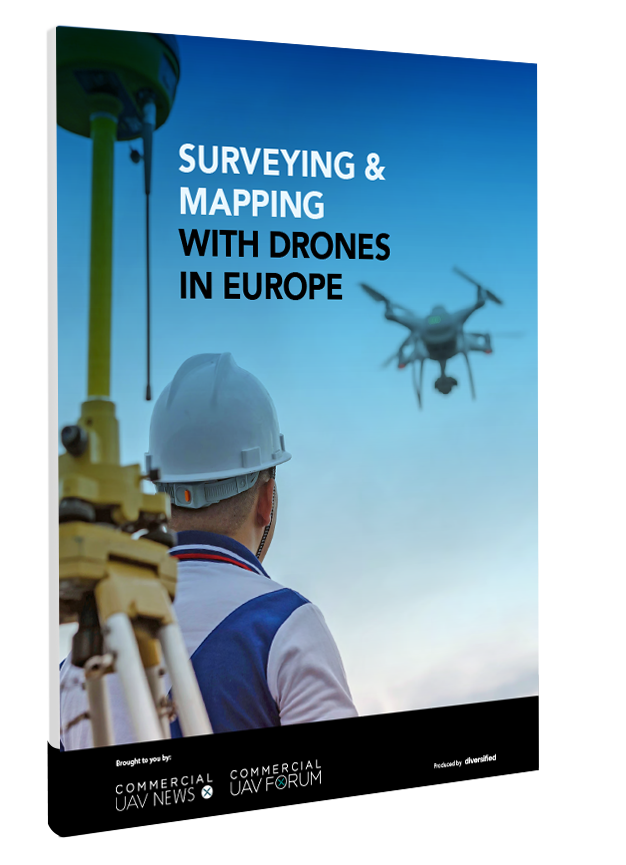

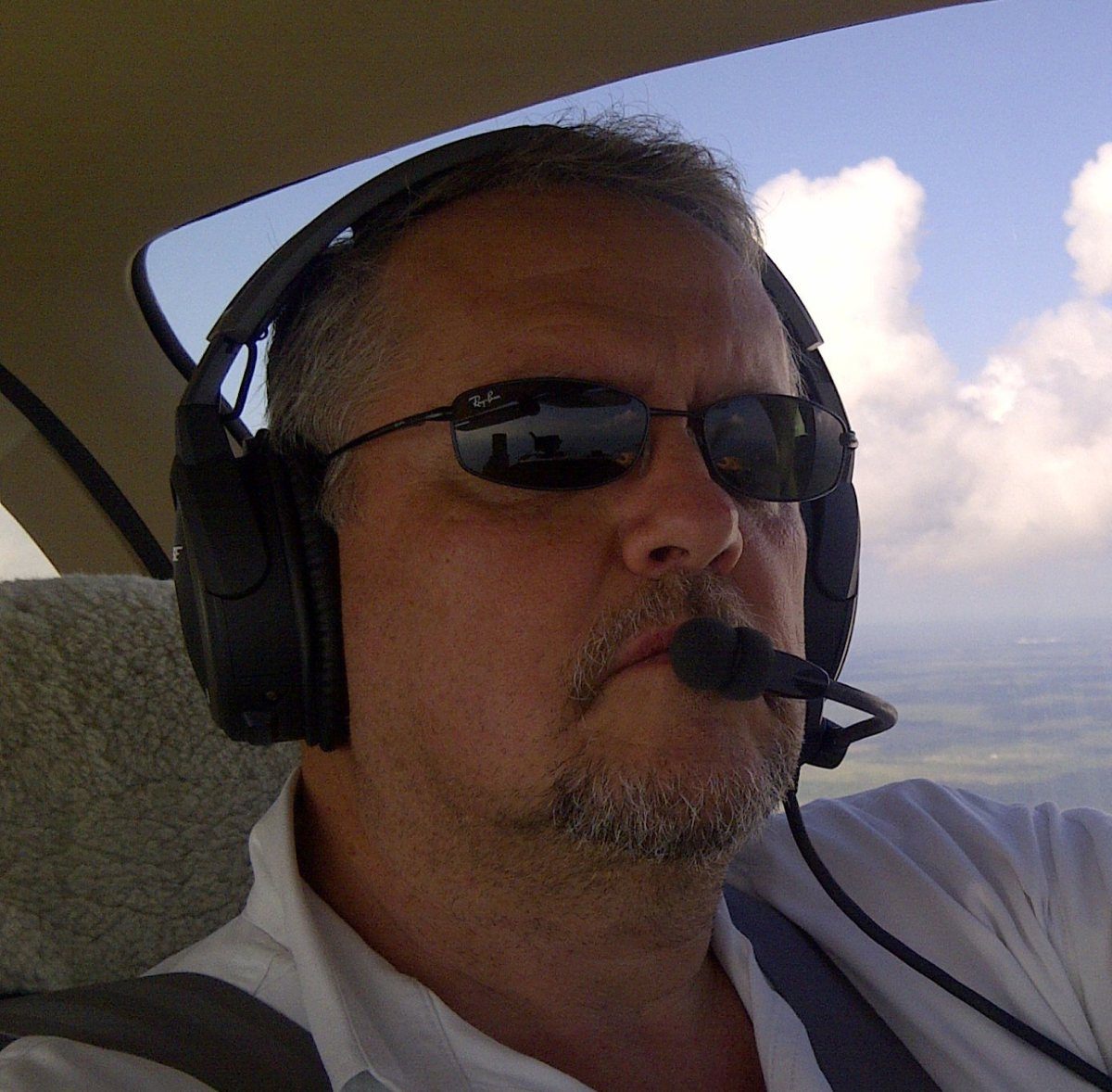




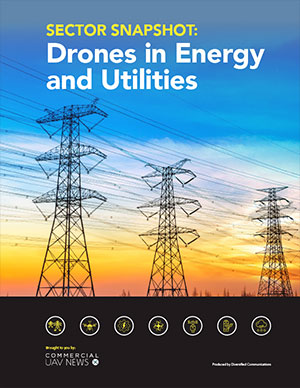

Comments